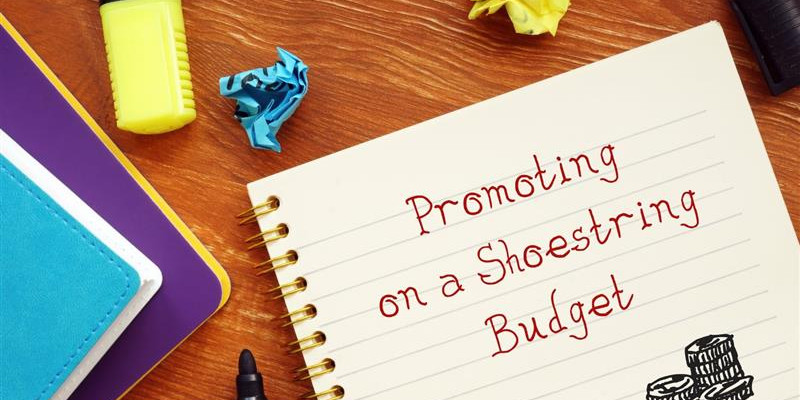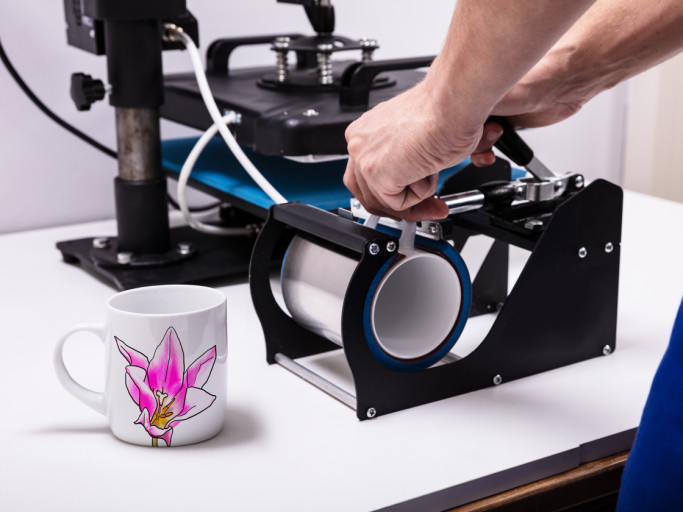Home / Blog / Marketing & Branding Advice / How to Get the Most out of a Shoestring Marketing Budget
How to Get the Most out of a Shoestring Marketing Budget
Date posted: 21st October 2022 in Marketing & Branding Advice
Last updated: 19th September 2023

The cost of living isn’t getting any cheaper. With this, many marketing budgets throughout the business world are being cut, which has prompted a shift in how businesses operate and what they may wish to prioritize – choosing to allocate specific budgets for different departments within the business. Put simply, sticking to a budget means prioritizing who to market to, and what tools to use in figuring this out. Determining both of these things are among the key questions you can ask yourself as a business operating on a shoestring budget.
Typically, around 6-12% of your budget should be spent on marketing – this may be up to 20% if you are running a start-up or looking to build up a significant following. Of course, this may sometimes be lower when you have a strict budget in mind. One of the most influential methods in marketing is merchandising and the use of promotional products, no matter what your budget may be. At EverythingBranded, we’re here to help you on your way with our top tips for merchandizing on a budget.
Our Top Marketing Tips
1. Determine Your Budget
It may sound obvious to say, ‘determine your budget,’ but the fact of the matter is, whenever finances are involved, it’s essential to plan ahead to maximize results. In any business, careful planning and a marketing strategy with direction will enable you to reduce bills and increase profit margins. Working out your budget is the first step. Determine exactly how much you can afford to dedicate to merchandising; you don’t want to overcook it, especially if you’re a new business and have yet to trial variables such as your target audience or the types of promotional items. Ensure that you include the payment of employees that may be required to carry out any merchandizing work, so as not to go over budget.
2. Utilize Marketing Data
In the marketing world, data may be leveraged in a number of ways and can become an invaluable resource when using personalization as part of your marketing strategy. Importantly, before spending a cent, you’ll want to find out who your target audience is, if you haven’t already.
3. Determine your target audience
The effectiveness of branding and customization increases significantly when directed at the ‘correct’ people for your business. Attempting to reach a smaller and more streamlined group of people who may be remotely interested in becoming a customer of your business will help to boost your conversion rate (percentage of people that have completed a purchase out of the total visitors to your website). In this way, you will not be wasting money on sending out merchandise to the wrong demographic.
When defining your target market, consider things such as age, gender, geographical location, buying power, employment, and marital status.
4. Leverage performance data
Further down the line, data can also be used in order to measure the previous performance or outcome of past marketing strategies, specifically with regards to merchandising. By identifying where you can improve, you can make the most out of your budget by prioritizing the areas which need the most financial input this time round. Weaknesses can be found by leveraging data including (but not limited to):
- Website metrics – resources like Google Analytics track valuable metrics including pages visited per session, ‘bounce rates’ (the number of people who visited your page without interacting / making a purchase), and the duration of a browsing session. This is a great way to tailor who you are targeting with promotional products, as well as which platforms are the best at driving website traffic to make your budget go further.
- Brand recall – this can be easily obtained via email / surveys, perhaps after a merchandising event for example in order to gauge the impact that receiving promotional products had upon a customer. Depending on the responses given, you can tailor your budget accordingly to the demographics who had great brand recall and could remember exactly who they received their products from.
- Social media analytics – can help you to understand who is interacting with your social media and who would be likely to use your services in the future. By tracking likes, comments, particular phrases, shares, and visits to your sites, you can work out important information such as whether your current target audience is still appropriate, or whether you’ve received positive comments about a particular branded product online. Choosing not to merchandize to groups who are blatantly not interested in becoming one of your customers will save you money when it comes to buying stock to send out as promotional products.
5. Prioritize high-retention items
Using promotional products even when on a budget can be really effective, especially if they are functional items which add real value to someone’s life on an everyday basis. Items such as pens, notebooks, coffee mugs, or bags can all be used every day, whether that’s to make a list at work, or to start the day off with a brew. Research conducted by the Promotional Products Association (PPAI) showed that 52% of survey respondents bought from the company who provided them with a promotional product – whether that be at a conference, in-store or through the mail. Ultimately, everyone loves a free gift. And if that gift adds value to their life, it’ll make them feel appreciated, and in turn, they’ll value you, leading to greater brand recall and higher return on investment (ROI).
6. The verdict
There are many benefits of merchandising and hopefully we’ve demonstrated how you can use merchandising as a long-term marketing strategy whilst operating on a shoestring budget. When sticking to a budget, being focused on your approach and what to prioritize is key. Planning ahead to figure out what budget to allocate, who your target audience is, and how you go about utilizing the data to help inform your strategy will help save you money and make your budget go further.

Strengthen your brand perception with promotional products
Chat online or call us today on 1800-586-1615
More Articles

Customized Super Bowl Items for NFL Season
15th December 2022 in Marketing & Branding Advice

Our Top 5 Methods for Printing on Your Custom Mug
11th December 2022 in Marketing & Branding Advice

Why Branding Matters for Event Season Planning
13th January 2025 in Marketing & Branding Advice

Perceptions of Product ‘Value’ are Evolving
1st September 2022 in Marketing & Branding Advice

